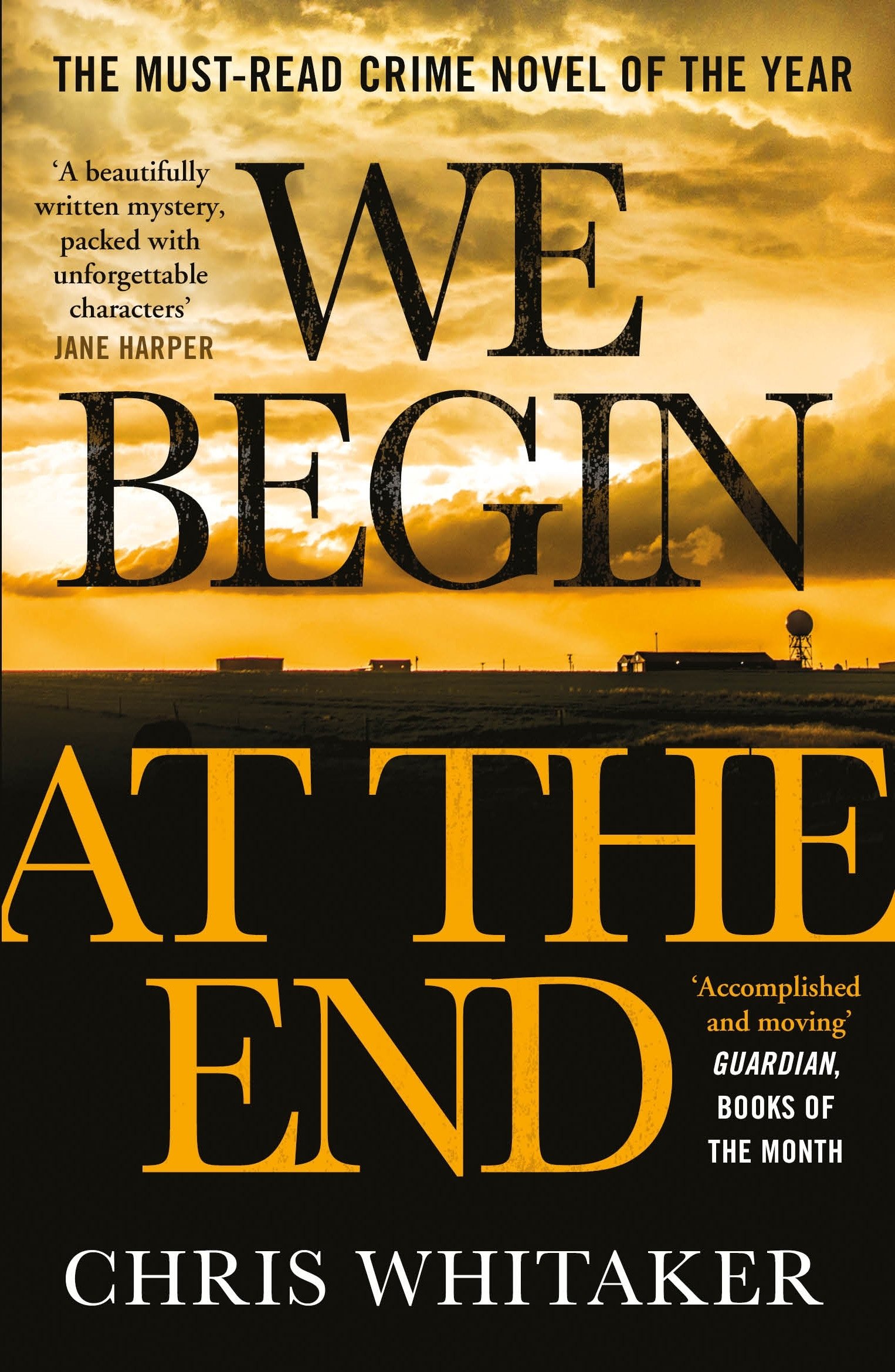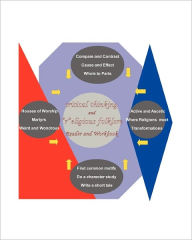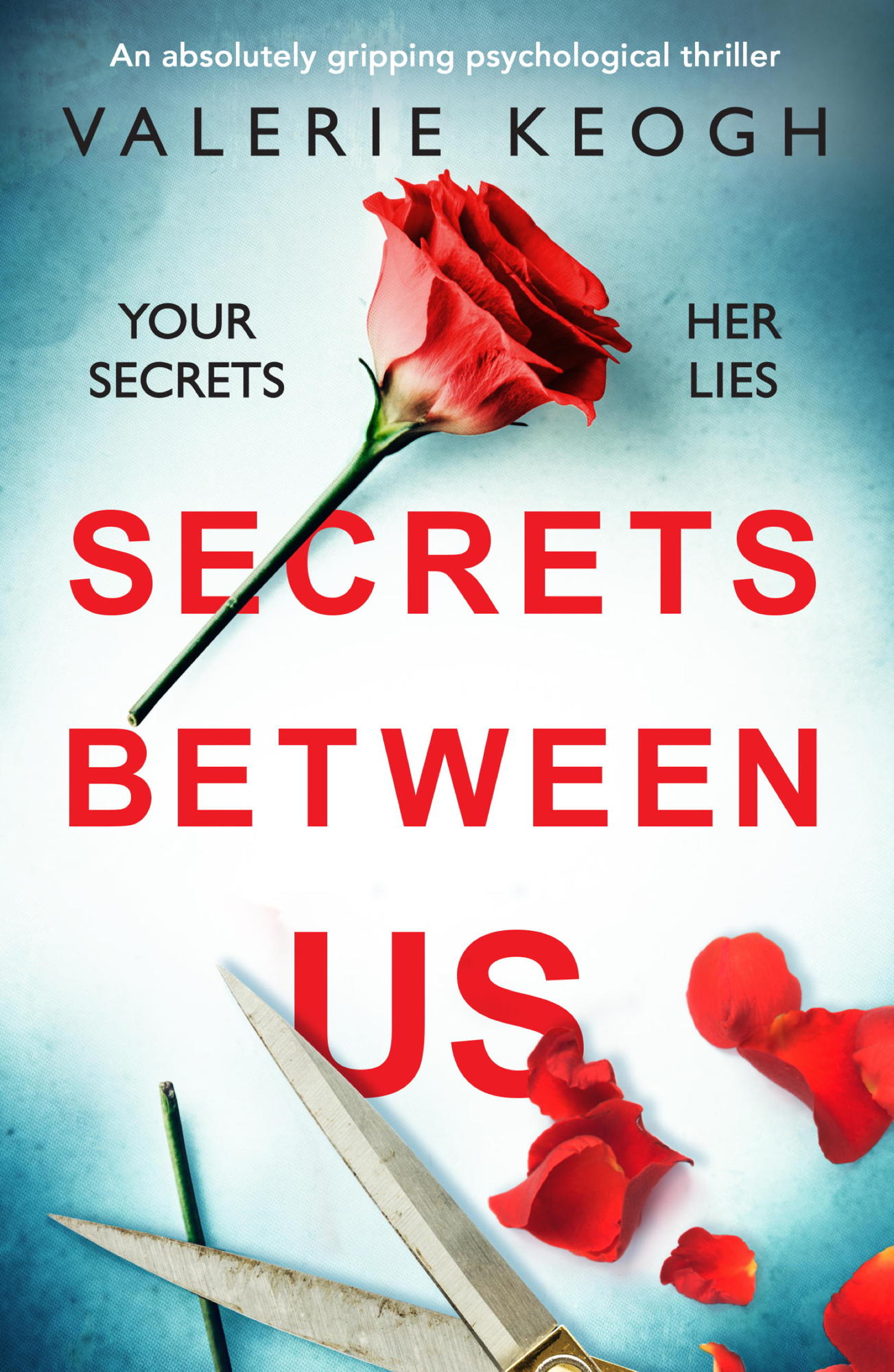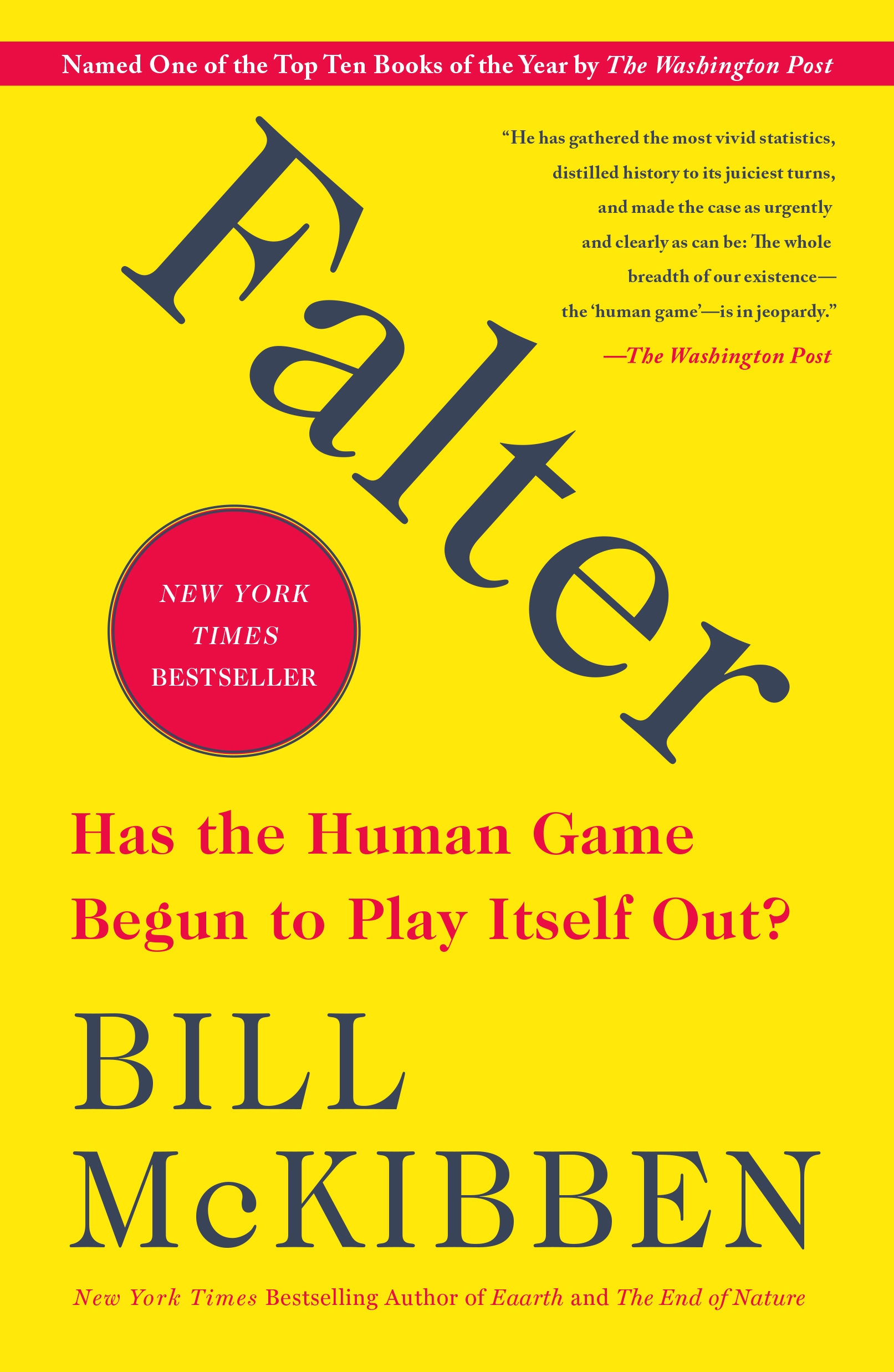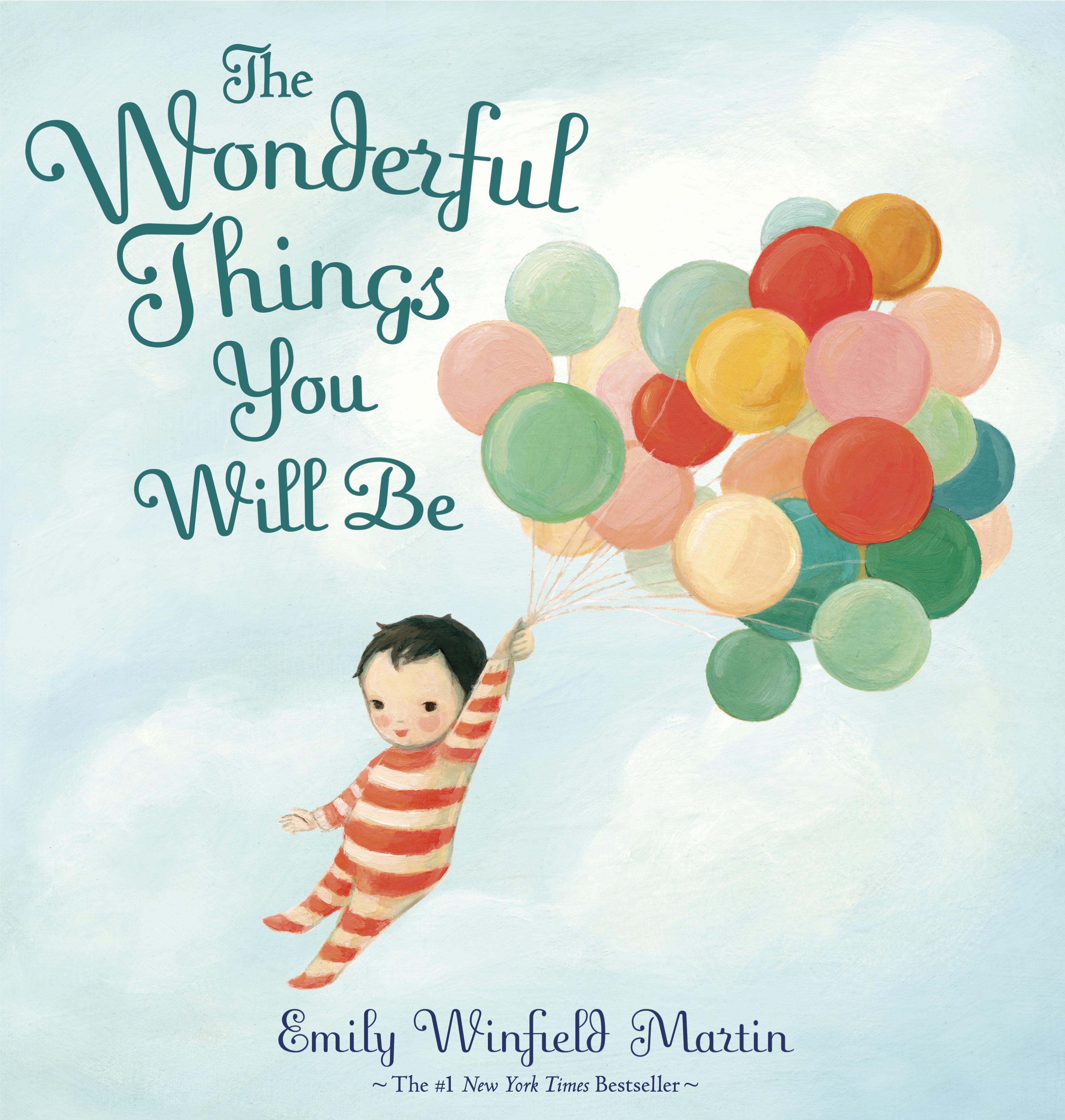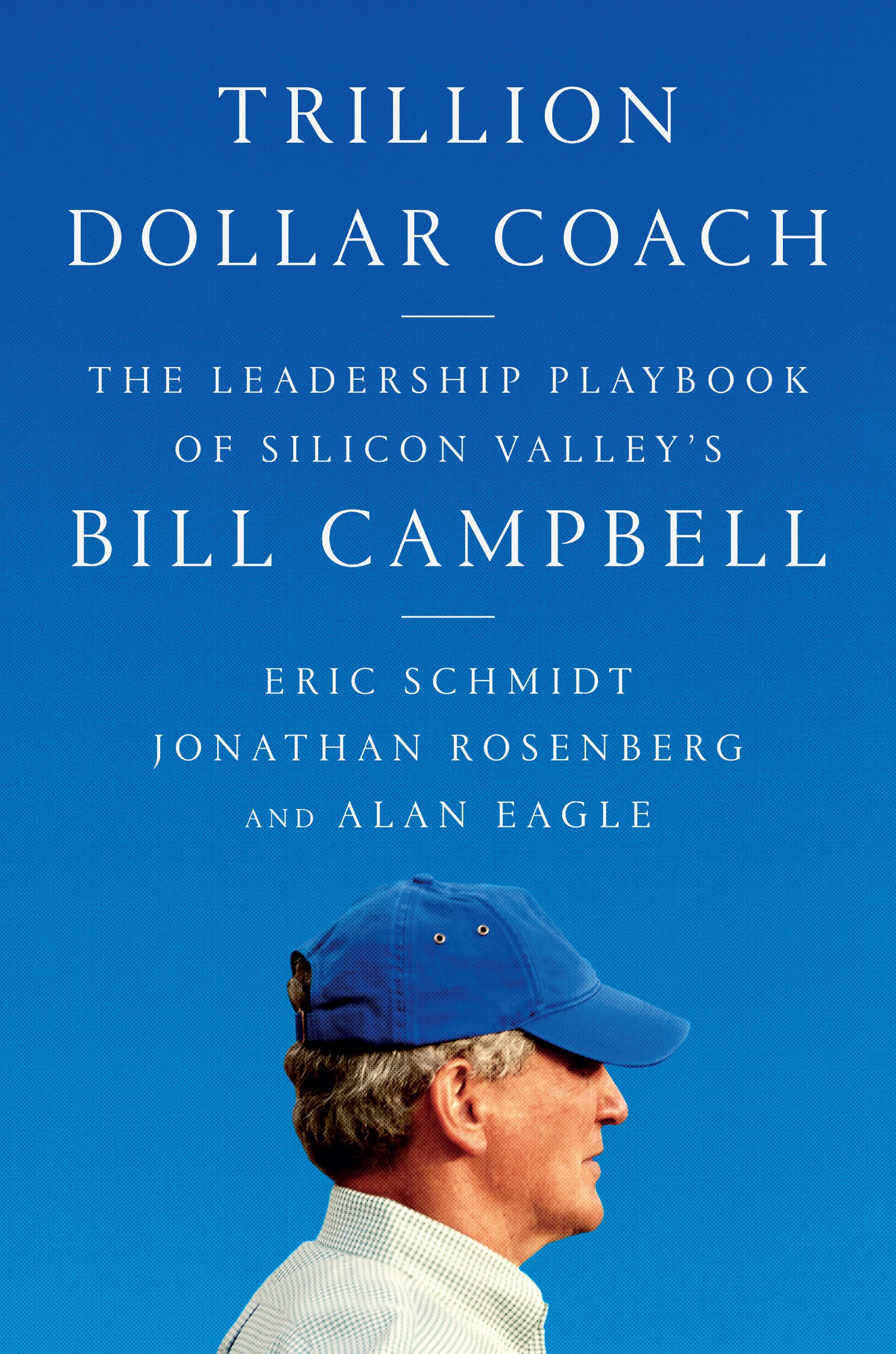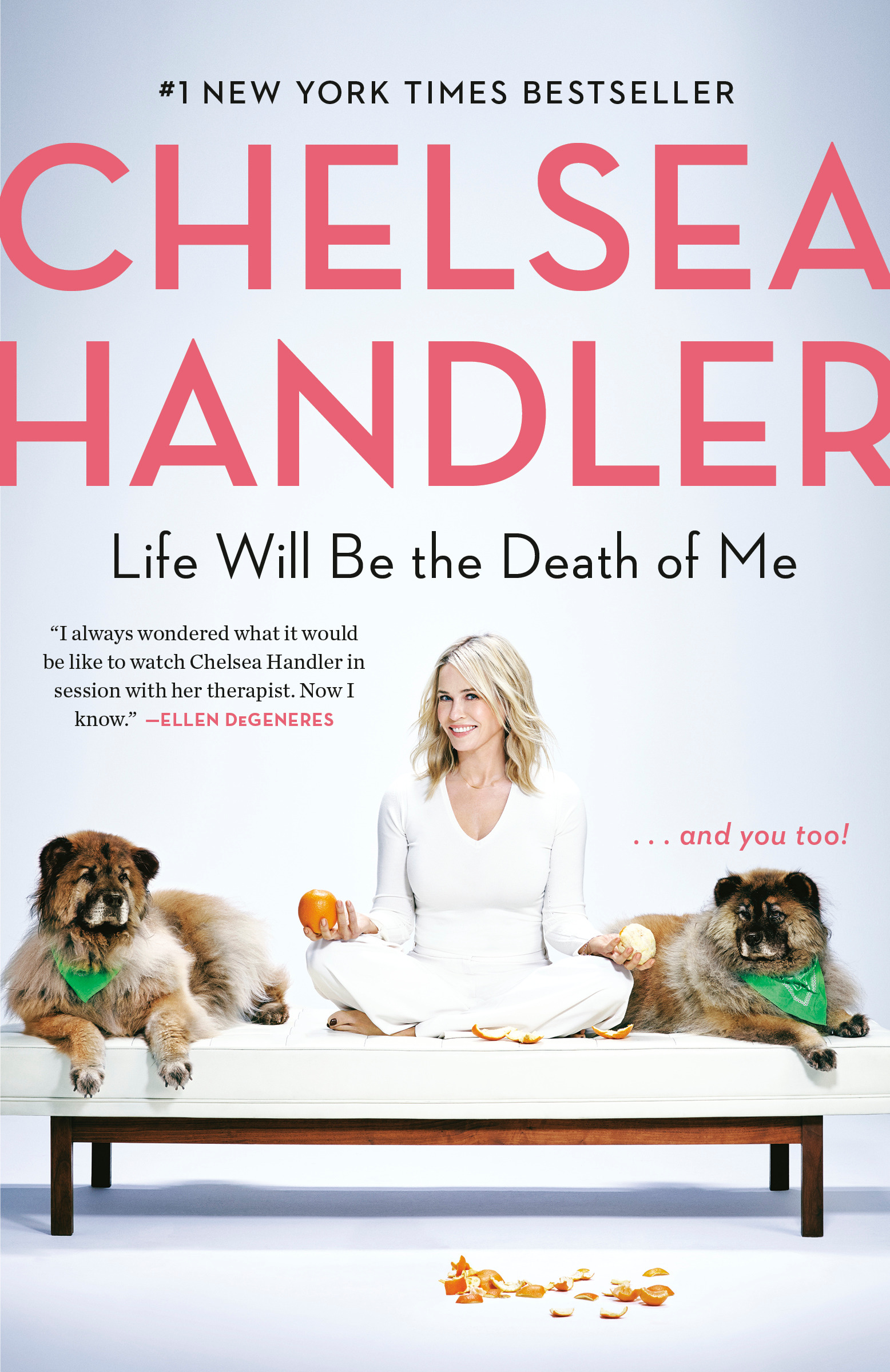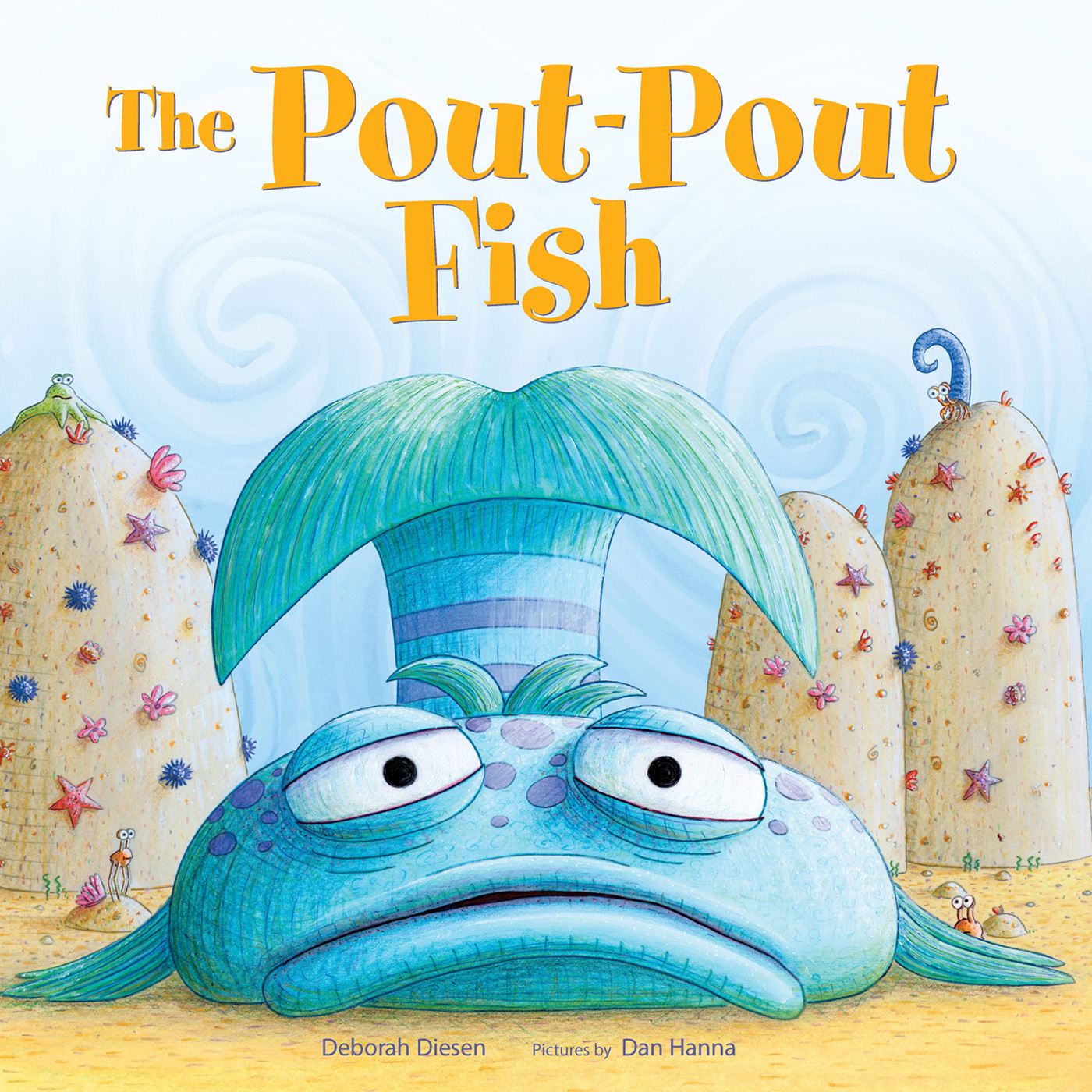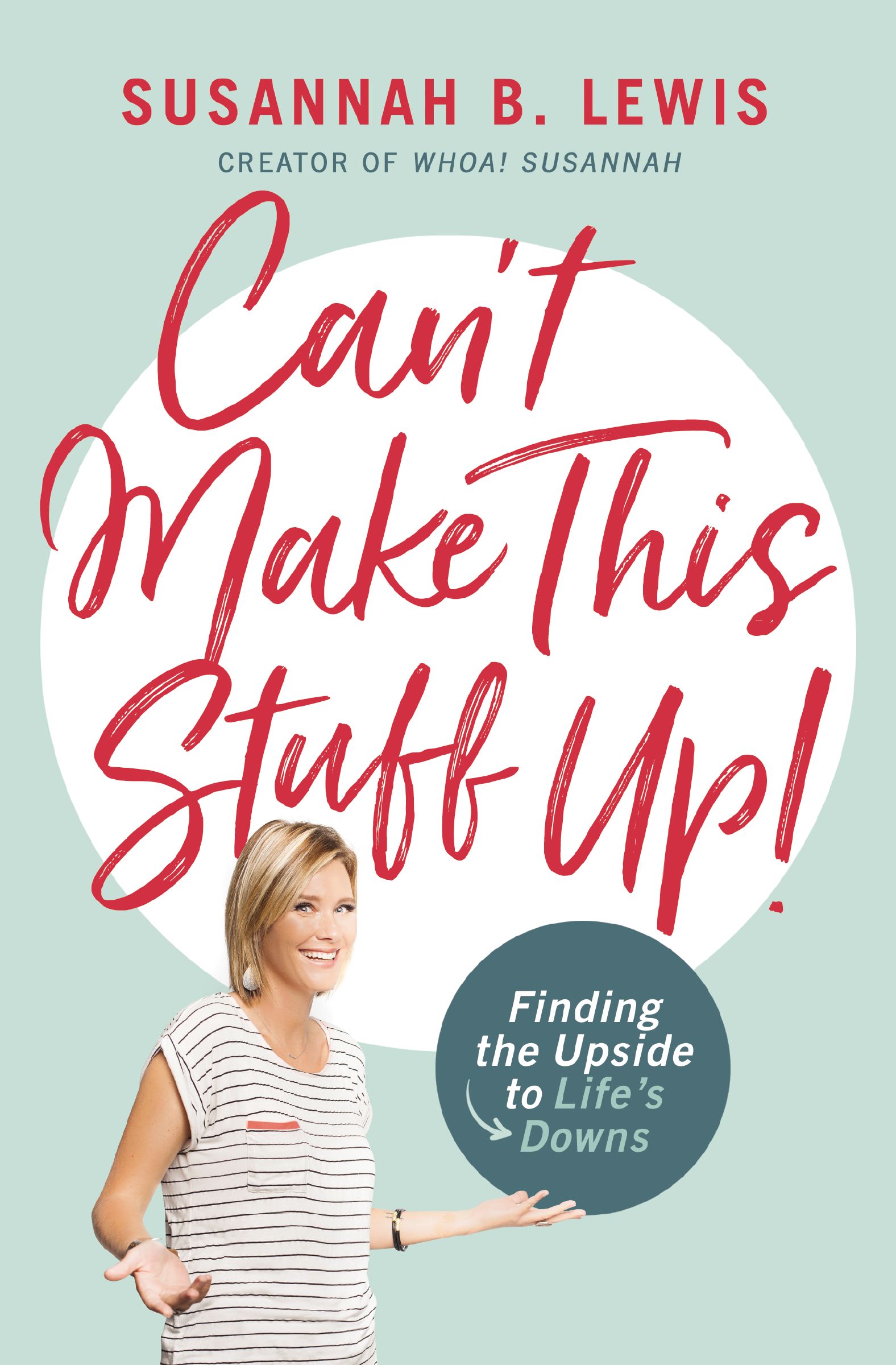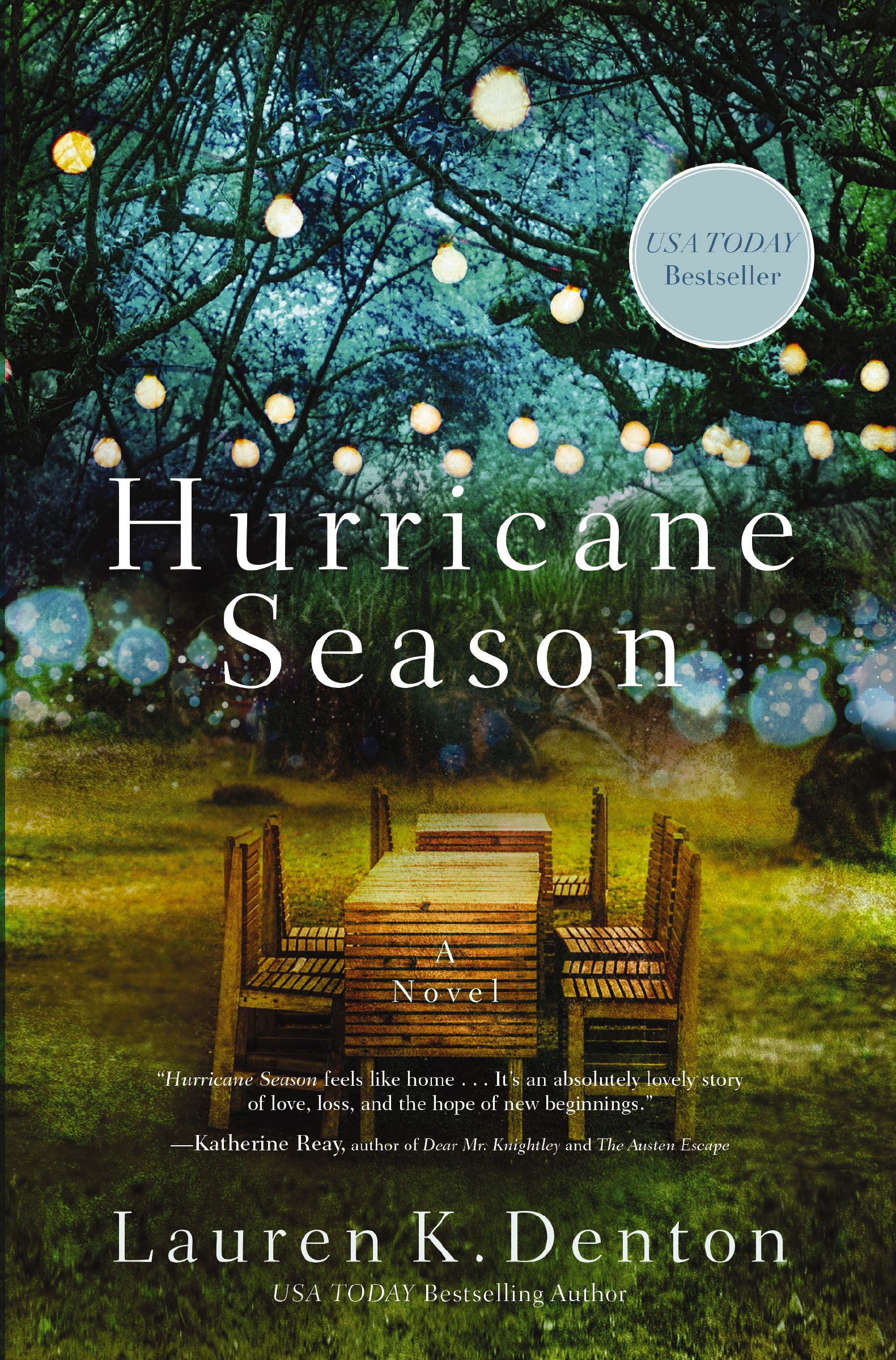Critical Thinking and religious Folklore - Reader and Workbook David Garnett Author
by David Garnett
2021-04-03 16:52:12
Critical Thinking and religious Folklore - Reader and Workbook David Garnett Author
by David Garnett
2021-04-03 16:52:12
The aim of CriticalThinking and religious Folklore - Reader and Workbook is to help students think critically about and analyze different kinds of writing. They can then arrive at their own understanding about the meaning of a reading selection. Stud...
Read more
The aim of CriticalThinking and religious Folklore - Reader and Workbook is to help students think critically about and analyze different kinds of writing. They can then arrive at their own understanding about the meaning of a reading selection. Students learn how to organize their thoughts and analysis so that they can write about their understanidng of each reading selection. Critical Thinking and religious Folklore - Reader and Workbook is a book of literature selections from religious folklore (See What is this book about? In COURSE INTRODUCTION which follows Table of Contents for a discussion of religious folklore.) The workbook is self-contained. All the readings are included in the workbook. Students complete most of the comprehension exercises and short written assignments in the workbook too. Critical Thinking and religious Folklore - Read and Workbook is designed for students in or above the middle school level. If you review the selections, you can easily see which can be used with lower level students, e.g., the stories St. George and the dragon in the chapter called Dragons, and which, with upper level students, the selections in the chapter entitled What the divine has touched. Students use folklore, such as short stories, poetry and ballads, lives of holy folk, etc., as the foundation for analyzing and thinking about the content, meaning, and themes of a selection. Graphics thinking organizers are the main vehicle that students use to help themselves: • analyze the meaning of each selection they read; • organize their thoughts in preparation for writing. The organizers cover such thinking or analytical areas as: comparison and contrast, classification, sorting, cause and effect, sequencing, etc. There is extensive guidance on how to fill out a graphic thinking organizer when each is first introduced. After applying an organizer to a particular text, students write their analysis, based on the reading selection and their completed thinking organizer. The section of the book entitled COURSE INTRODUCTION gives details about the relationship among reading, meaning and writing. The analysis using the graphics thinking organizers in Critical Thinking and religious Folklore - Read and Workbook as well as the preparation exercises for writing can be completed individually or in a group. A companion volume 'Snipp snapp snute, så er eventyret ute' - Folklore Reader and Critical Thinking Workbook has additional critical thinking materials and different reading selections. Students who use the volume should have more options for analyzing and writing about other texts and literary selections they meet. They will probably be able to transfer much of the critical thinking techniques used in Critical Thinking and religious Folklore - Read and Workbook to other curriculum areas in their school work.
Less

